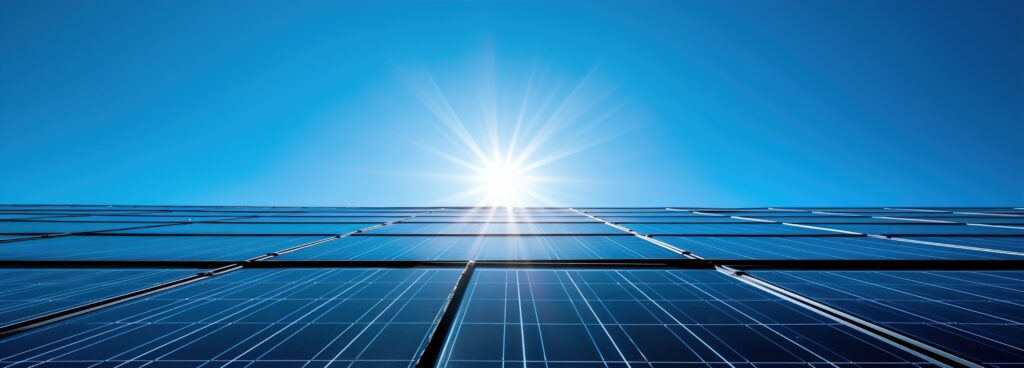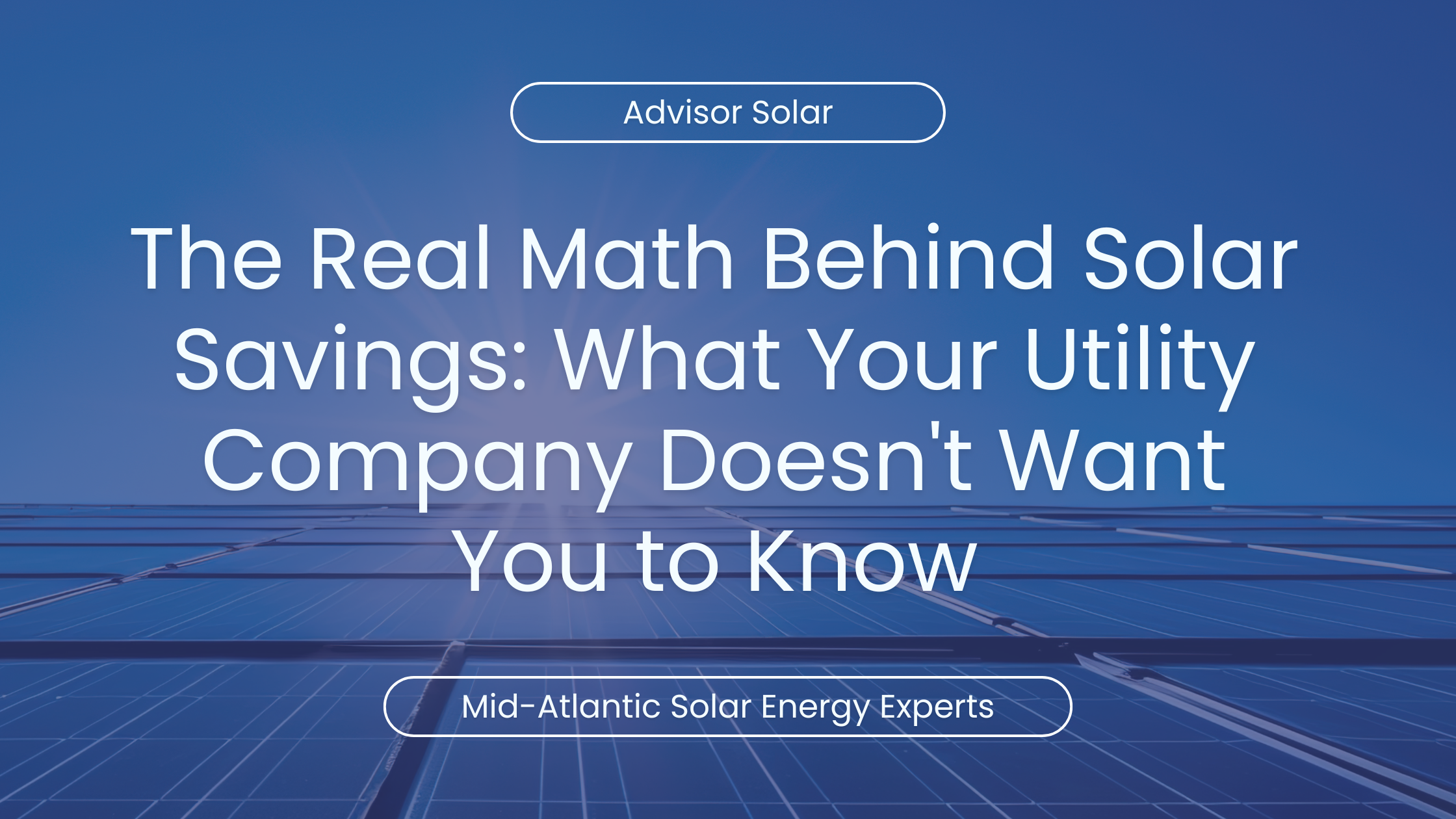
Your monthly electricity bill might seem like just another unavoidable expense—like rent or groceries. But here’s what most homeowners don’t realize: every time you pay your utility company, you’re participating in a wealth transfer that compounds against you year after year. While you’re focused on keeping the lights on, your utility provider is quietly increasing rates, and those increases add up to tens of thousands of dollars over time.
The Hidden Cost of Staying on the Grid
Over the past decade, something remarkable has happened in the energy sector—but chances are, your utility company hasn’t sent you a memo about it.
While electricity rates have climbed an average of 3-5% annually, solar panel costs have plummeted by nearly 70%. This isn’t a small shift—it’s a fundamental change in the economics of home energy that’s creating a wealth-building opportunity for informed homeowners.
Let’s break down what this means for your wallet.
The 25-Year Reality Check
Consider a typical homeowner paying $150 per month for electricity. At first glance, that’s $1,800 per year—manageable, right?
But here’s where the math gets eye-opening.
If you continue paying your utility company:
- Year 1: $1,800
- Year 10: $2,332 annually (with modest 3% increases)
- Year 25: $3,764 annually
Total paid over 25 years: $45,000 to $60,000
And at the end of those 25 years? You own nothing. You’ve simply rented electricity from your utility company, with rates that increased every single year.
If you invest in solar:
- One-time investment: $20,000-$30,000
- Monthly electric bills: Minimal to zero
- System lifespan: 25-30+ years
- What you own: Your own power generation system
The typical solar system pays for itself in 7-12 years, depending on your location and energy usage. After that break-even point, you’re essentially getting free electricity for the remaining 13-18+ years of your system’s life.
Solar: Your Inflation Hedge for Electricity
Think about what you paid for gas, groceries, or healthcare ten years ago versus today. Everything gets more expensive—especially electricity.
But here’s what makes solar different: when you install solar panels, you’re essentially locking in your electricity rate for the next 25+ years.
While your neighbors watch their utility bills climb year after year, your energy costs remain stable and predictable. You’ve opted out of the utility rate increase cycle entirely.
This isn’t just about saving money—it’s about protecting yourself from inflation in one of your home’s largest ongoing expenses. In an era of economic uncertainty, that kind of predictability is worth something.
Finding Your Break-Even Point
Every home is different, and your break-even point depends on several factors:
- Your current electricity rate: Higher rates mean faster payback
- Your energy consumption: Larger usage equals greater savings
- Available incentives: Federal tax credits, state rebates, and local programs
- Your sun exposure: More sunlight means more production
- Utility rate trends: Some regions see faster increases than others
In many markets, homeowners are now seeing break-even points of just 6-8 years—meaning they own their power generation outright while still in the first third of their system’s productive life.
The Bottom Line
Your utility company has a business model that depends on you paying more every year. Rate increases aren’t occasional—they’re systematic and predictable.
Solar panels give you a different option: a one-time investment that protects you from decades of rate increases, reduces or even eliminates your monthly electricity bills, and decreases your reliance on fossil fuels.
Contact Advisor Solar Today!
Switch to clean energy today with expert solar consultations, designed to save you money and reduce your carbon footprint. Let our experienced team guide you through the process, from planning to installation.

